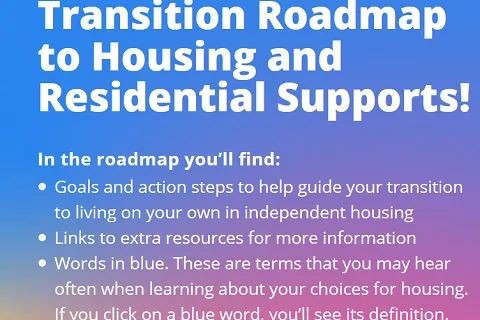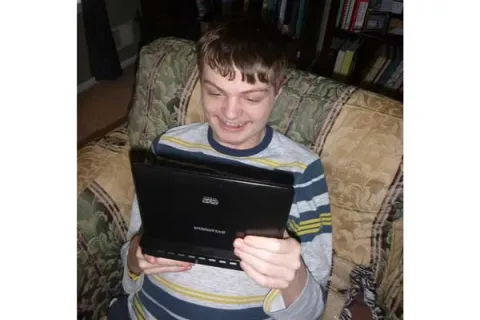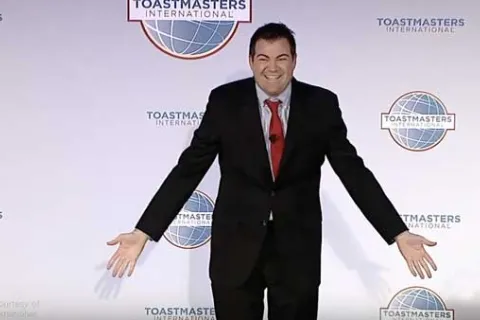Autism and speech devices: Helping kids advance skills as they mature
By Oliver WendtToday’s answer is from Oliver Wendt, Purdue University assistant professor and a researcher in the university’s speech, language and hearing sciences and augmentative and alternative communication programs. In addition, Dr. Wendt co-founded SPEAK MODalities, which develops software to help nonverbal and minimally verbal kids with autism improve their communication, speech and language skills.
Our son is 6 years old, minimally verbal and on the spectrum. We’ve seen him make progress with a speech-generating device – a touch screen with pictures that produce single words. How can we use this approach to keep him making progress and meet his changing needs as he gets older and becomes more independent of us?
Thanks for your question. Speech-generating devices and apps have become popular augmentative and alternative communication (AAC) options for nonverbal or minimally verbal children and adults with autism.
Learning to ask for objects and showing interest in things are often the first skills that children – or adults – master when they start using a speech-generating device. This involves learning to activate symbols on the device screen to indicate a desire or interest. For example, your child might want “juice” or a “cookie.” Or perhaps he wants to indicate his delight in seeing a “plane” overhead or a “dog” across the street.
You, as a parent, provide a powerful reinforcement for this skill when you respond – either with your attention (“Yes, I see the plane!”) or by giving your child the requested item.
Ideally, we like to see the learner progress from single-word “utterances” to simple sentences. This is done by combining symbols or words. For instance, “I want” or “I see” with the symbol for the item or object of interest.
I’m inferring that your son may have mastered the one symbol requesting skills. So the next step is to move from single “word” expressions to multiple-word communication. This is important for a maturing child so that he or she can convey different types of communication – such as rejecting something, labeling something and commenting on something.
Research tells us this is easier said than done. Many users of speech-generating devices do not move beyond single-word utterances.
Instructional strategies to help users of speech-generating devices move beyond single-word utterances
The good news is that researchers in our field have developed a number of promising instructional strategies to overcome this challenge. They include matrix training and aided language modeling.
Matrix training
Matrix training uses graphic symbols and words (nouns, verbs, adjectives, etc.) to teach word combinations and messages. For example, the image above shows a matrix to teach combinations of actions with objects.
Language modeling
Language modeling strategies rely on the principle that the child can observe and mimic a trainer who is using correct symbol responses and combinations. The modeling process teaches the child how to combine and recombine graphic symbols.
We’ve found it works best to make these training strategies fun, for example by introducing them during play or storybook reading activities, as in the video below.
For someone with autism, it’s also important to use these activities in social situations. After all, you want to encourage your child to gain a sense of himself as someone who wants to use language in meaningful social interactions.
As generated messages become more complex and the speech-generating device or app is used for different communication purposes, it’s essential that the technology “grow” with the learner. It needs to provide the graphic symbol vocabularies the maturing child needs. These vocabularies should go beyond pre-stored messages, and not be limited to nouns and descriptors.
Ideally, AAC technology contains “core vocabulary.” This includes a core set of graphic symbols applicable to many situation, locations and communication partners. It also includes user-specific vocabulary that reflects the learner’s life and interests, such as favorite movie characters and beloved toys.
To maximize the benefits of a speech-generating device or app, I encourage you and your entire family to get involved. Though training sessions with a professional therapist are important, the skills he learns need to be used throughout his day during a variety of real-world situations.
It doesn’t sound like you are concerned that intensive use of a speech-generating device will hinder your child from developing his or her own natural speech. That’s good. As you may have read on this website, a growing amount of research suggests that augmentative and alternative communication actually encourages the development of spoken speech – even in children who aren’t talking when they enter grade school. The following video clip shows an example of what I mean:
Remember the following when helping your child advance their skills with speech-generating devices:
- For your child to take full advantage of a speech-generating device, he will need instruction from someone who is versed in a well-researched and effective approach such as the two I mention in above. It’s not enough to just put a device in front of a child. Find a speech-language therapist with AAC background.
- There is no single best speech-generating device or app for autism. Individuals with autism vary greatly in their needs and learning profiles. Work with your child’s speech-language therapist to develop individualized solutions for your child.
- Whenever possible, choose devices and apps that are supported by research evidence and have documented success.
- Encourage your child to use his device outside of training sessions with his therapist. This should involve you and other communication partners and take place throughout the day.
- Have a back-up means of communication for your child! Remember, batteries run down and electronic devices break down. This can be as simple as a communication board or picture exchange book.
- Devices and apps can quickly become outgrown and outdated. Regularly review your child’s changing needs and new technology options – ideally with your child’s therapist or another expert.
Learn more about augmentative and alternative communication and download the Augmentitive Communication Roadmap.
Thanks again for your question and best of luck as you embark on some fun and engaging communication activities with your child!
Editors note: The above information is not meant to diagnose or treat and should not take the place of personal consultation, as appropriate, with a qualified healthcare professional and/or behavioral therapist.









